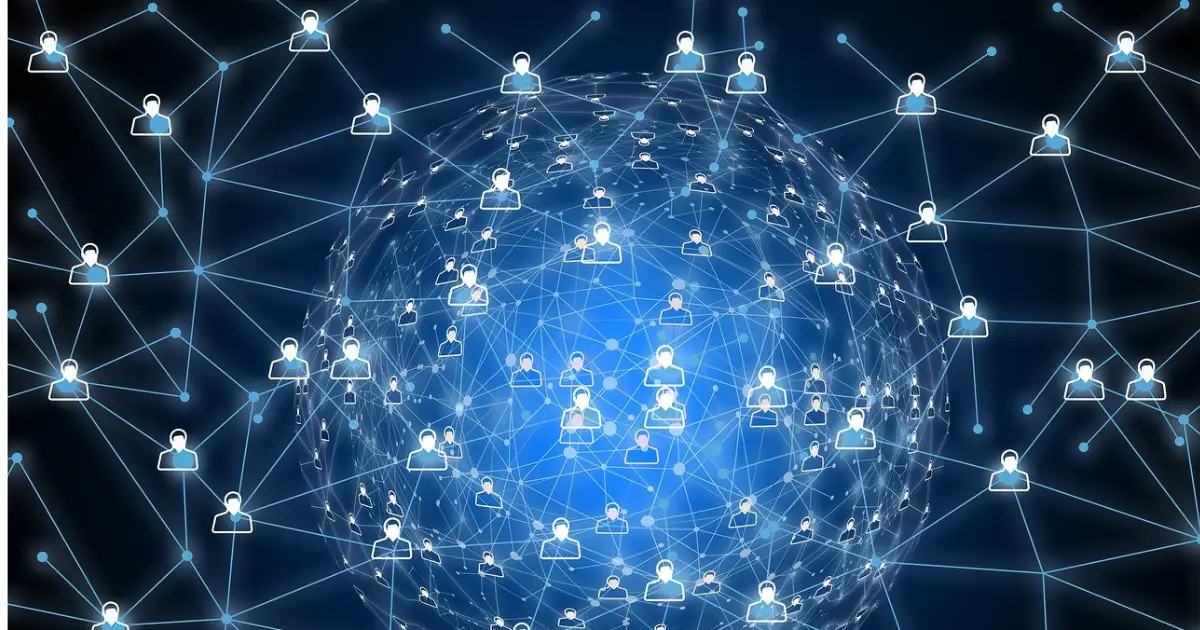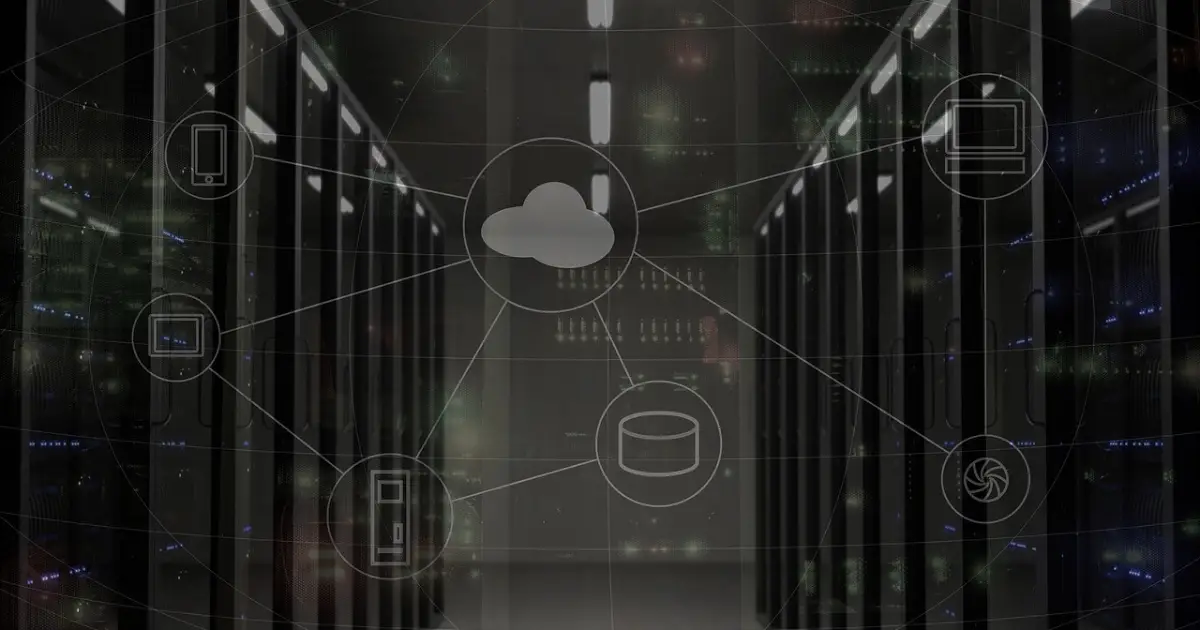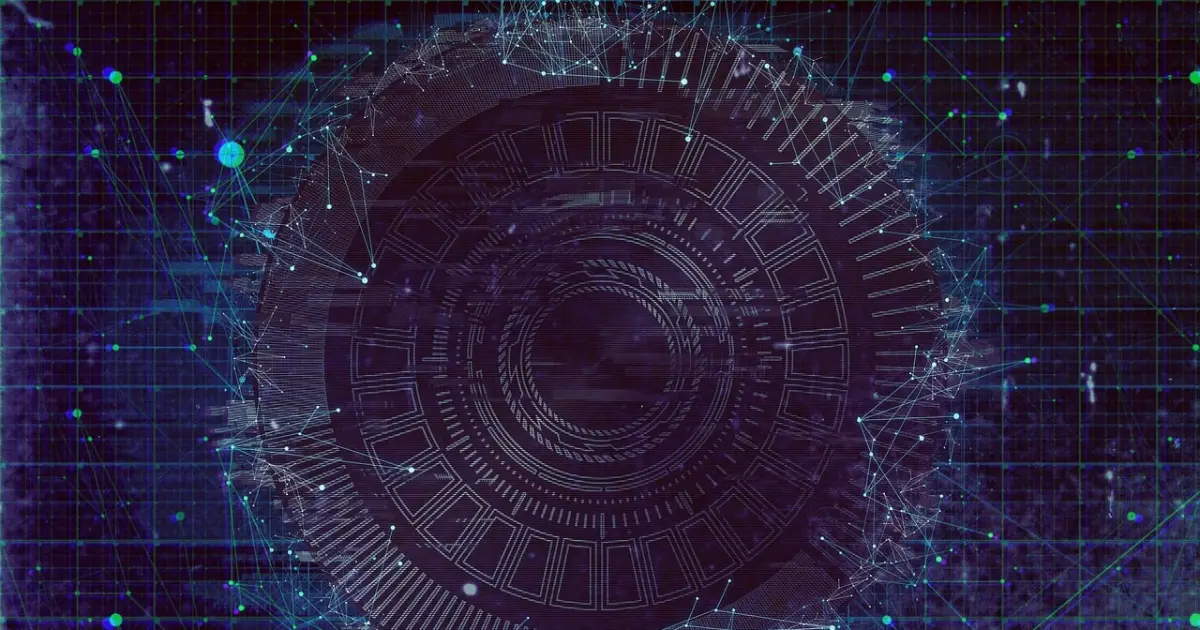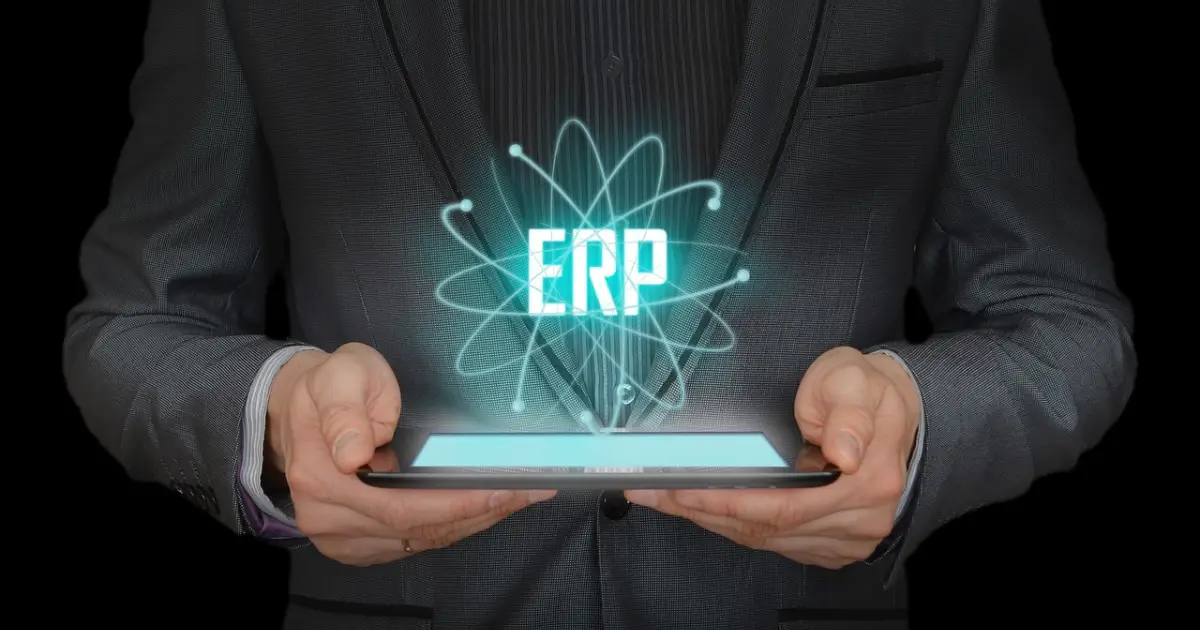focus notes


IoT technology is also being used in infrastructure! Explanation of benefits and smart city

table of contents
"I'm considering introducing IoT to social infrastructure, but I can't imagine how to use it specifically."
"I want to know the benefits of using IoT for infrastructure"
Some people who are considering introducing IoT may have questions like the ones above. IoT is a technology that connects all kinds of things to the Internet, and is used in a variety of situations.IoT is also being used more widely in infrastructure, including in familiar infrastructure such as train stations and airports.
By utilizing IoT, there is no need for people to directly visually check the status of infrastructure equipment, and it is possible to understand the situation in real time. This has led to a significant reduction in the effort and burden traditionally associated with maintenance and management. By being able to prevent problems and quickly respond in the event they occur, it will also be possible to reduce the impact of infrastructure problems.
In this article, we will explain examples of infrastructure where IoT has been introduced, the benefits of using IoT, and the elements necessary to establish an infrastructure foundation. We also explain frequently asked questions about IoT infrastructure, so if you are worried about IoT, please refer to it.
Explaining the infrastructure in which IoT technology has been introduced
IoT technology is also used in the following infrastructure:
- Example of IoT implementation in infrastructure: Stations (railroad)
- Case study of IoT implementation in infrastructure part 2 | Airport (aviation)
- Case Study of Introducing IoT to Infrastructure: Electricity
- Case Study 4 of Introducing IoT to Infrastructure | Water Supply
Example of IoT implementation in infrastructure: Stations (railroad)
There is an example of introducing IoT technology to a station (railroad).
Railroads and aviation (e.g. train interval adjustment)
Source: Japan Patent Office | Enhancing case studies on IoT-related technologies, etc. | Page 5 (as of February 21, 2024)
Using real-time data from IoT sensors, train locations and speeds can be accurately determined and intervals between trains can be optimized, improving operational efficiency while maintaining safety. Collisions between trains can be prevented by constantly monitoring the safe distance between trains and automatically adjusting speed when necessary.
Case study of IoT implementation in infrastructure part 2 | Airport (aviation)
As mentioned above, spacing is also being implemented in airports (aviation), where advanced sensor technology can be used to maintain a safe distance between aircraft and minimise the risk of collisions.
Also, although the topic is slightly different from the example above, it is also possible to track packages by using IoT technology. IoT tags can be used to track passenger luggage in real time, significantly reducing loss and delays.
Case Study of Introducing IoT to Infrastructure: Electricity
In the electric power field, the use of IoT is attracting attention to improve the efficient operation of power plants and improve safety technology.Although this is a demonstration project, the main achievements in this field include the following:
1. Improved thermal efficiency①
Real-time optimal control of injected air/fuel ratio under constraints such as NOx value and CO value2. Improved thermal efficiency②
Improved thermal efficiency through optimal control of boiler combustion and stove blow operation (removal of soot and dust)3. Boiler Combustion Optimization Control Minimizes Nox and SOx values based on external changes. Identify operating parameters in real time to achieve optimal operation at all times.
Four. Improved denitrification efficiency The amount of NH3 injected is optimized based on the properties of the fuel and real-time power generation status.
5. Reduction in power consumption through optimal control of auxiliary equipment. Reduction in power consumption of auxiliary equipment through optimal control of mills according to coal properties and operating mode.
Source: Agency for Natural Resources and Energy | Digitalization in the Electricity Sector | Page 8 (as of January 22, 2024)
In this initiative, electric power companies, manufacturers, and IT companies cooperated to collect data on thermal power generation operation data and know-how. Based on the collected data, we establish optimal operation and control to achieve efficient power generation. Additionally, by understanding the status of the boiler in real time, optimal operation is always achieved.
First of all, in thermal power generation, it is necessary to remove air pollutants that cause photochemical smog from the flue gas. Taking into account the fuel used for power generation and the actual power generation situation, the amount of NH3 contained in the air pollutant is measured. Optimizing operation based on the measured data also leads to improved denitrification efficiency.
Case Study 4 of Introducing IoT to Infrastructure | Water Supply
In the water industry, there are cases where smart meters using IoT are introduced to improve the efficiency of meter reading and visualize water usage.The overview is as follows:
As part of a pioneering initiative towards automating water meter reading throughout the city, the Toyohashi City Waterworks Bureau is installing smart water meters in every household (approximately 410 meters planned) in a housing development area built on a former factory site.
By working with electricity and gas companies and introducing joint meter reading for water, electricity, and gas, we have achieved greater efficiency in meter reading operations.
The collected data is used by the Waterworks Bureau to provide users with a web-based service that allows them to visualize their water usage and water bills, as well as to detect leaks early.
In the future, we aim to build new business models that transcend industries, such as collaboration and integration in similar operations such as meter reading and fee collection.
Source: Ministry of Health, Labor and Welfare | Toyohashi City Water Works, Aichi Prefecture (as of January 22, 2024)
This project utilizes smart water meters that use IoT. Traditionally, water meters were checked visually by people. A smart water meter is a meter that can obtain meter reading data remotely, eliminating the need for people to read the meter directly. There are some that can send data according to specified times and usage amounts, and it is also possible to accumulate data on water usage.
They are also working to improve efficiency by implementing joint meter reading in cooperation with electricity and gas companies. By sharing the system among the three companies, they can reduce costs and utilize data on existing electricity, gas, and water infrastructure.
Another feature of this case is that it allows users to check their water usage on their computers or smartphones. By being able to check how much water you are using at any time, you can visualize your water usage and charges. This will make it easier to notice when water usage is higher than normal, and will lead to early detection of problems such as water leaks.
Effective for maintenance management! Advantages of using IoT for infrastructure equipment
There are four benefits of using IoT for infrastructure equipment:
- Easier to monitor the status of infrastructure equipment
- Devices can be controlled remotely
- Achieves efficiency in management operations
- Can perform efficient data analysis
Easier to monitor the status of infrastructure equipment
Utilizing IoT makes it easier to monitor the status of infrastructure equipment.With IoT, it is possible to understand the status of things in real time using sensors installed in devices.
Infrastructure facilities may deteriorate over time and become damaged. Regular maintenance is essential to detect and deal with signs of damage. However, inspecting facilities requires specialized workers to be dispatched to the site.
For example, when inspecting a bridge, workers would go directly to the bridge and visually check for cracks, unevenness in the road surface, fallen bottles, etc. This type of visual inspection requires specialized knowledge and skills to accurately grasp the condition. Also, some locations are difficult to approach and inspections can be difficult.
By introducing IoT, the status of infrastructure equipment can be obtained using sensors such as numerical values and images. This makes it possible to understand the status of infrastructure equipment without relying on the specialized knowledge and skills of workers. In addition, since the status can be monitored in real time, maintenance can be performed immediately if there is an abnormality.
Devices can be controlled remotely
The ability to control equipment remotely is one of the benefits of using IoT for infrastructure equipment.IoT allows devices to be controlled by communicating with each other via the Internet.
Conventional equipment had to be operated directly by humans. The same goes for infrastructure equipment, and it is essential to check on-site to ensure that it is working properly. However, checking the operating status takes time and effort, and in case of an emergency, it is necessary to respond at night or on holidays.
By introducing IoT, you can understand the status of things in real time and immediately detect any abnormalities. By communicating via the Internet, it is also possible to send detected data to other IoT devices and control them. This allows for quick response to abnormalities even when no one is present.
For example, during heavy rains, it is possible to obtain real-time water level data from a river water level meter and automatically issue a warning when the water level reaches a flood danger level. It will also be possible to detect and notify the danger of damage from data from measuring instruments installed on the bridge. Additionally, the robot's camera can be used to inspect areas that humans cannot access.
Being able to control equipment remotely without direct on-site intervention reduces the burden of controlling equipment and enables more efficient management.
Achieves efficiency in management operations
The introduction of IoT can help streamline management operations.IoT devices can automate parts that traditionally relied on humans, making efficient management possible.
Traditionally, infrastructure management has involved visual inspection by workers. However, as mentioned above, visual inspection is time-consuming and burdensome. In addition, it relies heavily on the experience and skills of the worker, and the accuracy varies depending on the person in charge. Because it is a task performed by humans, no matter how careful you are, there is a risk of mistakes or oversights.
Management using IoT allows you to manage things based on objective data collected. Things that were previously done by people can be automated based on data, leading to more efficient management.
In addition, even in situations where decisions differed depending on the individual, decisions can be made based on unified standards. This standardizes management tasks and enables management that does not rely on individual experience or skills.
Can perform efficient data analysis
Another benefit of introducing IoT is that it enables efficient data analysis.Since data is accumulated on the cloud or server, the current situation and issues can be visualized at once.
To accurately understand the status of infrastructure equipment, it is necessary to analyze various data such as usage status and weather effects. However, continuous measurement of this data requires a huge amount of time and effort if done manually. It would be necessary to secure human resources for this purpose, which would be costly.
By introducing IoT, you can continuously obtain measurement data in real time. This allows you to accurately understand the status of infrastructure equipment and efficiently analyze data.
Additionally, data processing and analysis can be automated by linking with data processing applications. This will help prevent mistakes that tend to occur when humans analyze data, and will enable efficient and accurate data analysis. This allows for better maintenance and management of infrastructure equipment.
Contribute to social infrastructure! Elements necessary for IoT
The following three elements are mainly required to establish an infrastructure foundation with IoT.
- Stability
- Persistence
- Security robustness
Stability
One of the necessary elements for establishing an infrastructure is stability.If IoT is not running stably, accurate data cannot be collected.
If sensors are weak or fail to work when power sharing is lost, they will stop sending and receiving data, leading to an inability to accurately understand the status of infrastructure assets.
Additionally, the Internet connection may become unstable, and instructions issued remotely may not be transmitted to the device. If the internet connection is not stable when a problem occurs, it will not be possible to respond with IoT devices and people will have to go directly to the site. Even if IoT is introduced, there is a risk that it will not be able to be used in an emergency.
Therefore, it is necessary to emphasize stability in order to establish an infrastructure foundation. It is important to consider various situations and choose one that can be used stably at any time. Before introducing it, think about the specific situation in which it will be used, and check whether it can be used stably under those circumstances.
Persistence
Sustainability is also a necessary element for establishing an infrastructure for IoT.In order to support infrastructure that will be used for a long time, IoT must also be able to be used for a long time, taking into consideration cost efficiency and environmental impact.
Considering the impact on the environment, it is desirable to use environmentally friendly materials and designs that are recyclable. It is also important to consider the environmental impact throughout the entire life cycle, from manufacturing to disposal.
Furthermore, the ease of use of the system also relates to sustainability. If the system requires advanced knowledge and skills, it will not be easy to replace the person in charge. There is also a risk that system operation will become more individualized. To prevent individualization, IoT needs to be standardized and easy to use for everyone.
If we introduce a sustainable IoT that can cope with the aging of infrastructure equipment and changes in the surrounding environment, maintenance and management from new installation to removal will become easier.
Security robustness
Robust security is also a necessary element for establishing an IoT infrastructure.Connecting to the Internet increases the risk of cyber attacks, so security measures are essential.
By connecting IoT to the Internet, the risk of cyber attacks and information leaks increases. There is also the possibility that the device could be hijacked and remotely controlled illegally.
Frequently asked questions about IoT infrastructure such as smart cities
We will answer two common questions about IoT infrastructure:
- What is a Smart City?
- What is the government doing to improve social infrastructure?
What is a Smart City?
A smart city refers to a city or region that aims to create new value and solve social issues by utilizing digital technology.Smart cities aim to solve social problems and optimally manage cities by utilizing ICT connected to the Internet in various aspects of daily life. This requires the collection and analysis of a variety of data, including environmental and resident behavioral data.
We will introduce sensors and cameras that can connect to the internet into cities to collect data and analyze the city's situation and residents' needs. In smart cities, efforts are being made to realize optimal city management based on the analyzed content.
What is the government doing to improve social infrastructure?
In order to advance social infrastructure, the government is taking the following initiatives:
Building a port-related data collaboration platform (port logistics field) Build a "port-related data collaboration platform" and create an environment where all port information, including trade procedures, is handled electronically as standard "CONPAS (new port information)" By integrally promoting various measures such as "AI system", we will realize "AI terminal that supports humans" and create the world's highest level of productivity and a good working environment. Realizing a "Cyberport" where information is organically linked
Source: Ministry of Land, Infrastructure, Transport and Tourism | Introduction of initiatives for DX in the infrastructure sector | Page 24 (as of January 22, 2024)
This example is the construction of Cyberport. Cyberport is an initiative to improve efficiency by digitizing administrative procedures and research and statistical work in port operations. By completely digitizing business processes, we aim to reduce the workload of those involved and make operations more efficient.
In this case, IoT was used to introduce a reservation system and automatically check the loading and unloading ticket information. As a result, gate processing was sped up. This shows that IoT is useful not only to local governments and general companies, but also to the country. In the future, IoT's applications may expand even further in both the public and private sectors.
summary
IoT is also being used in a variety of situations in the infrastructure that supports people's lives.By incorporating IoT into infrastructure that was previously maintained by humans, it is possible to reduce the amount of management work required and improve convenience for users.Infrastructure management, which previously relied on the knowledge and experience of the workers, can now be managed based on objective data.
When utilizing IoT in infrastructure, three elements are essential: stability, sustainability, and security robustness. It is important to introduce IoT, which has the necessary elements to safely and securely maintain and manage infrastructure that will be used for decades after installation.
If you have any concerns about IoT, please feel free to contact us.
Achievements left behind
48 years since its establishment.
We have a proven track record because we have focused on what is important.
It has a long track record in both the public and private sectors.
Number of projects per year
500 PJ
Annual number of business partners/customers
200 companies
Maximum number of trading years
47 years
Total number of qualified persons
1,870 people






